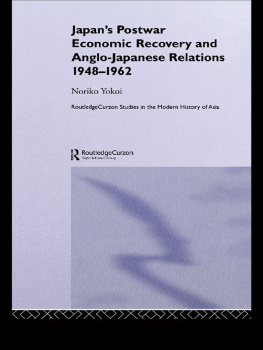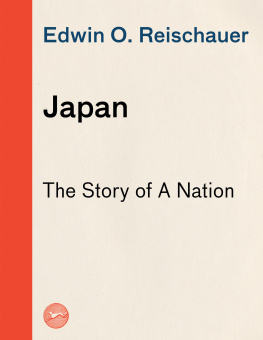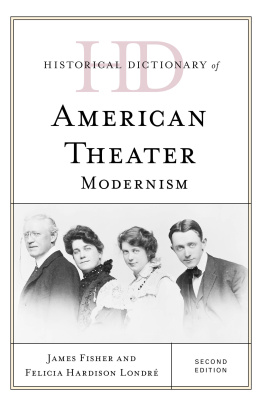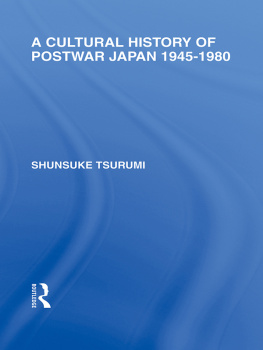
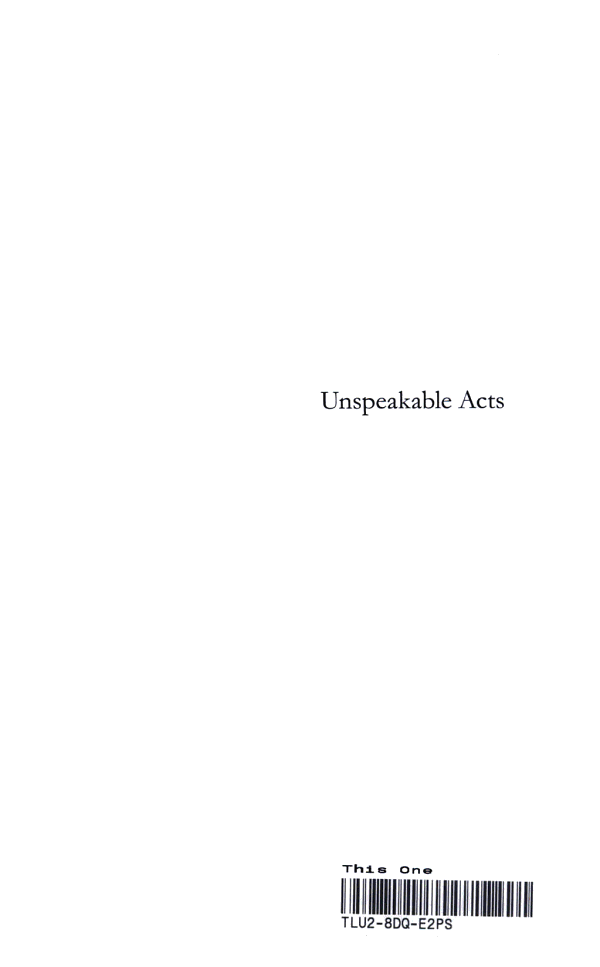
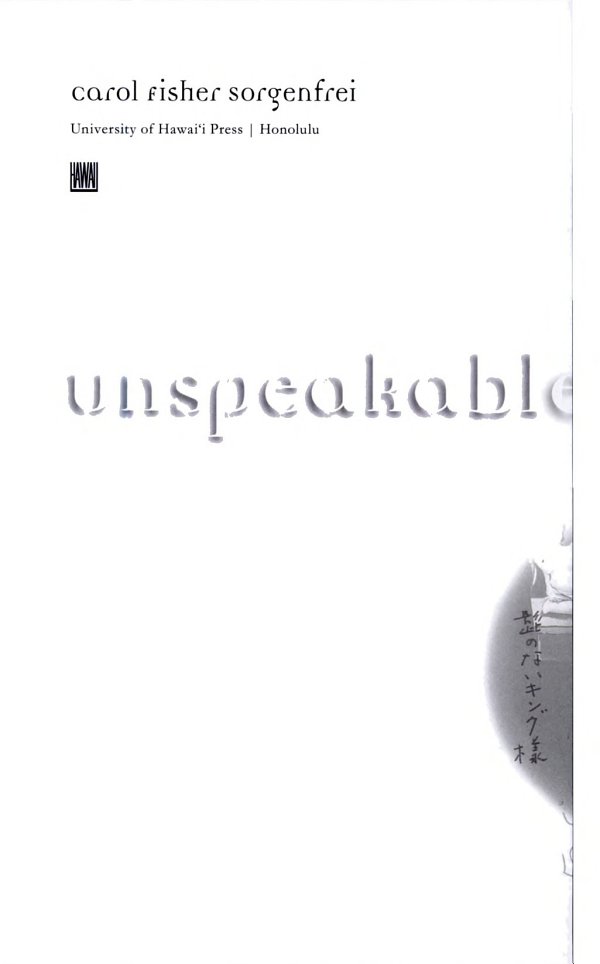
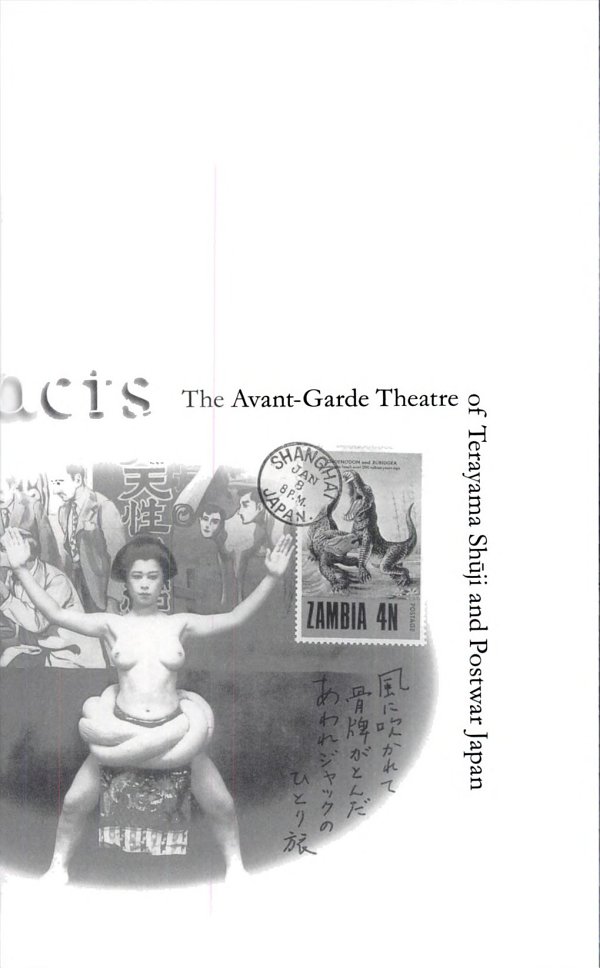

Acknowledgments
Many people were instrumental in making this book possible. The late Terayama Shuji's stunning creativity and unique artistic sensibility sparked my desire to embark on this endeavor. Terayama consistently aided me with his openness and generosity, permitting me access to written materials, photographs, interviews, rehearsals, and performances. It is to his memory that this book is dedicated.
Following Terayama's death, his ex-wife and producer, Kujo Kyoko (Terayama Eiko), continued to be most supportive of the project, graciously providing me with interviews and with permissions for translations and reproduction of photographs. The third person without whom this book would have been impossible is Don Kenny. Don initially introduced me to Terayama, and over the years, he has given me access to his extensive personal archive of Terayama material. I am deeply grateful for permission to include his translation oi the New York version of La Marie-Vison in this book and to quote extensively from many of his other translations.
John Gillespie deserves special thanks for reading the entire manuscript and offering insightful comments, as well as for solving many dilemmas that only a truly bicultural person (and baseball fanatic) could help with. The criticisms and comments of the prepublication readers supplied by the University of Hawai'i Press encouraged me to rethink and to clarify the text. I have benefited enormously from the constant support and dedication of my current editor, Patricia Crosby, as well as Sharon Yamamoto, who initially took on the project. Pat's belief in me and her unwavering support of this book have sustained me through extensive revisions. I am also grateful to Ann Ludeman, the managing editor for this book at University of Hawai'i Press, and to Karen Weller-Watson for her careful copyediting.
I also wish to thank my long-term translation assistant Makiko FujiwaraSkrobak, whose dedication, hard work, and intelligence are especially evident in the translations of The Hunchback of Aomori and Heretics. Makiko aided me in identifying the differences between the two versions of La Marie-Vison and assisted me in translating the original version, which is published in Half a Century of Japanese Theatre, volume 6 (Japan Playwrights Association 2004). Natsuko Mizuno assisted with the translation of the excerpts from The Labyrinth and the Dead Sea: My Theatre as well as Bluebeard's Castle (the basis for supertitles used during the European tour, directed by the late Kisaragi Koharu). Endo Yukihide provided research and translation assistance on Nagao Saburo's biography of Terayama, the Terayama-Mishima dialogue, and Terayama and Kishida Rio's Shintokumaru. He has also faithfully sent me valuable Terayama materials from Japan that relate both to his research and to my own. Steve Clark generously supplied me with his own translation of Blood Is Standing Asleep, which encouraged me to revisit and correct my earlier work. Steve also kept me up to date on Terayama activities in Japan during the twentieth anniversary of his death. Additional thanks to John Swain for general translation and research assistance.
Jasmin Harvey did the translations from Dutch, and Rudolf Bohne translated German materials. Others who have been most helpful include Ritsaert ten Gate of the Mickery Theatre (Amsterdam) and Erica Bilder. I am also grateful to Michael Bourdaghs, Yuriko Doi, Mariko Tamanoi, Tom Rimer, Morisaki Henriku, Cody Poulton, Marc Sebastian-Jones, Anan Nobuko, and Samuel L. Leiter for their comments and suggestions on the manuscript and/or on earlier papers that were subsequently incorporated into it.
Generous research grants were provided by the UCLA Academic Senate Committee on Research, the Sasakawa Foundation, the UCLA Center for Japanese Studies, and the UCLA ISOP (International Studies and Overseas Programs). I am grateful to my department for providing me with sabbatical leave to complete the book.
Some portions of the discussions of The Hunchback of Aomori, La Marie- Vison, and We're All Riding on a Circus Elephant appeared in slightly different form in my 1992 article "Showdown at Culture Gap: Images of the West in the Plays of Shuji Terayama." I am grateful to Modern Drama for permission to use these passages.
Finally, I want to thank Richard Hornby, who somehow managed not to run screaming into the night despite my bizarre mumblings and scribblings in the air as I struggled to figure out the meaning of Terayama's surreal poetry or his unpronounceable katakana references.
Although my fascination with Terayama had its genesis in my doctoral dissertation (Sorgenfrei 1978), the current book bears only a slight resemblance to that work. It stems from over twenty years of additional research, corrects previous errors, incorporates more recent work by and about Terayama, and draws upon new theoretical discourses. Of course, any errors are my own responsibility.
All art and photographs courtesy of Kujo Kyoko and the Terayama Shuji Memorial Museum.
Note on Japanese Usage
Except in my Acknowledgments, where I use the name order that the person is normally known by, I use Japanese name order. Thus the first name listed is the family name, and the second name is the personal name. However, when using only one name, some artists are known by their personal names, rather than their family names. I have tried to follow the transliteration system found in Kenkyusha's New Japanese-English Dictionary.
Once we've uttered a single word of dialogue, play-hell begins,
and we cannot escape. There is no end. No play ever ends. Plays
just change.... [P]lay upon play is transformed into hell!...
After the play ..., after the lie, there's no truth, only another
lie. And everything I've just said is nothing but a pile of lies,
too. That's theatre. And that's life. Heretics
introduction
Profession: Terayama Shuji
Terayama Shuji (1935 1983) would have been an alchemist if he could. He was constantly metamorphosing, transforming, and reinventing himself. His multifarious identities included internationally renowned poet, playwright, director, filmmaker, photographer, novelist, lyricist, cultural critic, theatrical theorist, advocate for the rights of youth, and spokesman for lonely teenage girls as well as gambler, peeping Tom, and anarchic destroyer of tradition. He spent his forty-seven years in search of a personal philosopher's stone, an elusive element that would permit him to complete his life's project. That project was transforming the dross of mere existence into golden art, leaden reality into glittering fiction. Yet whenever he would begin to glimpse results whenever the gurgling alchemist's brew began to precipitate into golden nuggets something catastrophic would occur. The hell that was his chaotic, everyday life would reveal another, hidden hell; the beauty of carefully constructed fiction would transform into horrible reality; each new hell would metamorphose into anotherand so on into infinity. To Terayama, reality was a lie. Stability, solidity, and identity remained elusive goals.


